The 9 best straight-six engines
At the 2018 Los Angeles Auto Show, an event filled with a humdrum mix of cookie cutter crossovers and electrified SUVs, Mercedes-Benz blasted a big hole in the boring with the announcement it will once again offer an inline six-cylinder engine in the United States. An all-new turbocharged 3.0-liter, which will spit out a combined 362 horsepower and 364 lb-ft of torque with the help of an electric motor, will power the redesigned 2019 CLS sedan.
The German automaker, as well as the rest of the industry, has a long love affair with the straight-six, an engine design revered for its bottom end torque and smooth operation. Over the decades, however, the lust for the power and rumble of a V-8 and the more compact packaging afforded by a V-6 caused most automakers to toss the inline six pot aside. BMW stuck with the configuration, creating gems like its N54 and N55 as well as its 3.0-liter turbocharged B58 which is still in production today. But elsewhere the inline-six has been all but extinct.
Now that it’s back at Benz we decided to celebrate by choosing the greatest straight six engines of all time. Some of our favorites didn’t make the final cut (and we’re ready for your votes in the comments), but we managed to create a list thick with mechanical mastery from America, Germany, Britain, and Japan.
Chevy Stovebolt Six
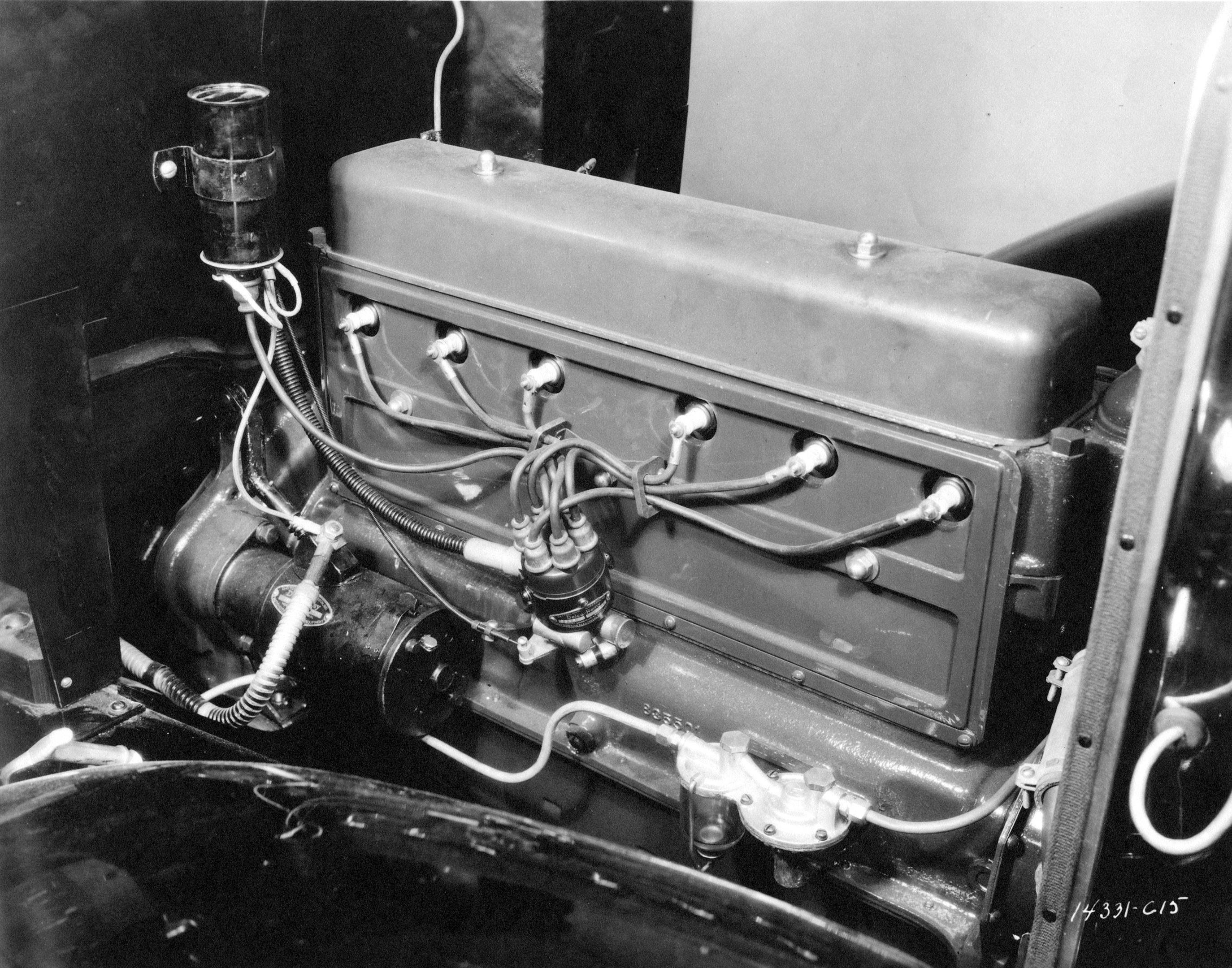
Chevy’s only engine from 1929 to 1954, and GM’s first mass-produced engine with more than four cylinders, the Stovebolt successfully battled both Ford’s standard four-cylinder and the more powerful (and much sexier) Flathead V-8. Over the decades the Stovebolt powered both cars and trucks until the optional overhead valve small block V-8 upstaged it in 1955. The engine’s first generation lasted until 1937 and the second-generation, which featured improved durability and performance, would remain in production until 1962. The first Stovebolt was 194 cubic inches making 50 hp. In 1953 a 235 cubic inch version called the Blue Flame with 136 hp powered the first Corvettes. It was nicknamed the Stovebolt because its valve cover used fasteners with slotted heads similar to the bolts used on wood-burning sheet metal stoves constructed in the 1920s.
Mercedes-Benz 3.0-liter

Fitted with a groundbreaking mechanical direct fuel injection system developed by Bosch, this inline six-cylinder engine won both the 24 Hours of Le Mans and the Carrera Panamericana in 1952. To fit under the sports car’s hood, the 3.0-liter was mounted at a forty-five degree angle, and in both the racecars as well as the street versions of 300 SL it featured single overhead cams, a unique aluminum head design and an 8.55:1 compression ratio, although it was raised to 9.5:1 before production ended in 1963. (A previous version of this story stated the engine was in the 300 SLR that Stirling Moss drove to victory in the 1955 Mille Miglia. That car was equipped with a straight-eight engine.)
Chrysler Slant-Six
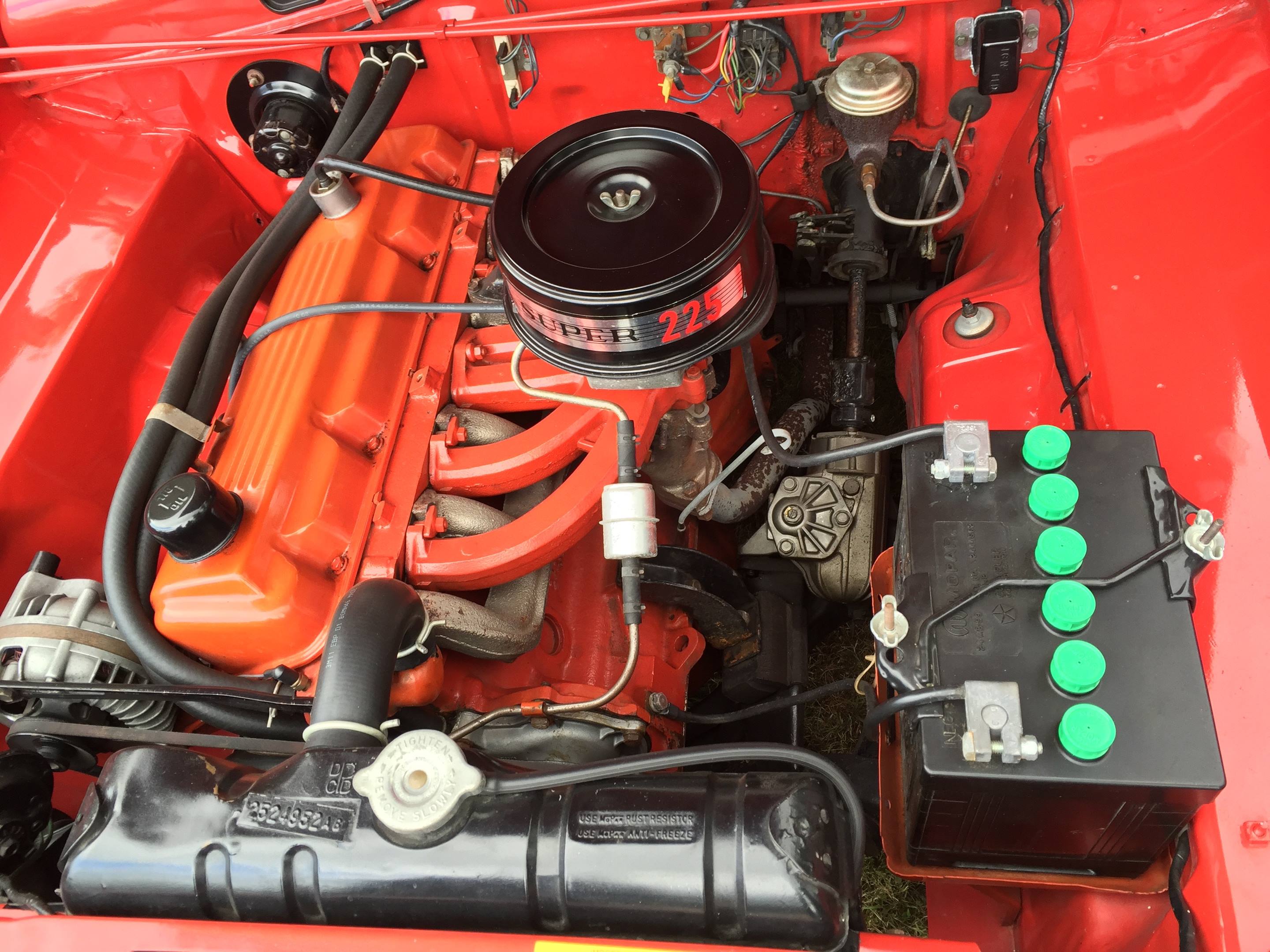
Introduced in 1960, the 225 cubic inch engine was quickly nicknamed the Slant-Six because of its odd and obvious 30-degree tilt toward the passenger side of the vehicle. At the time Chrysler said this lowered the car’s center of gravity, aided the access of the engine accessories and it allowed them to fit the inline engine under the lower hood of its new Valiant model. The unique design also allowed for equal-length intake and exhaust manifold runners, which increased the engine’s torque. Despite horsepower ratings never cresting 200 hp and the engine ending production in 1983, the durable Slant-Six was easily modified and still has a rabid following today.
BMW M88 3.5-liter
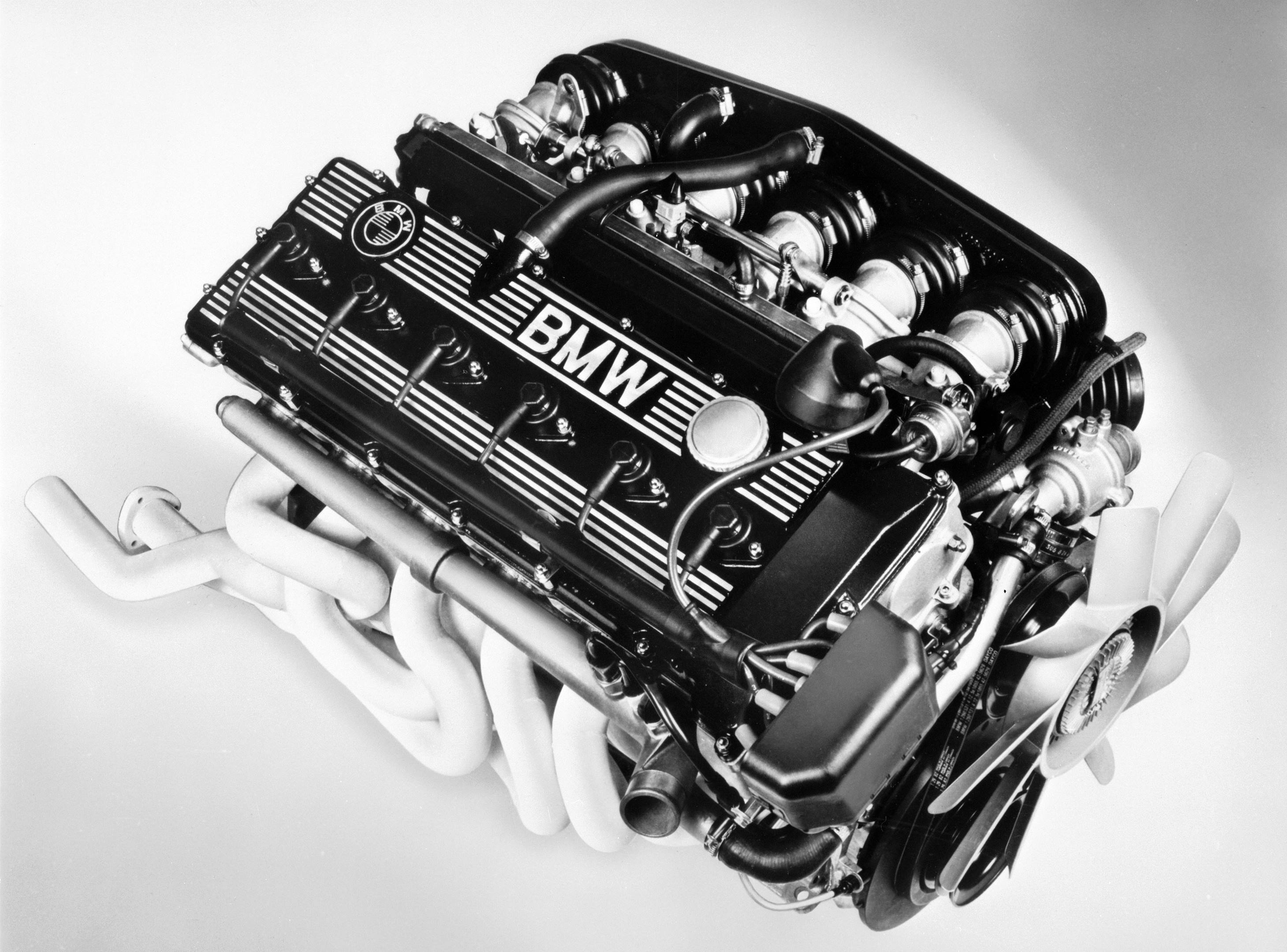
Used in the exotic M1 sports car, and then in the first M5 and M6, BMW’s M88 3.5-liter inline-six is one of the greatest engines of any type of all time. In the M1 the dry sump, double overhead cam six made 272 hp at 6,500 rpm and 243 lb-ft of torque at 5,000 rpm. Monster power for the time, it easily outpowered larger V-8s and it revved out like a racecar. After the M1 mess BMW decided to crank up the engine to 282 hp and stick it in its shark-nosed 6-Series coupe, creating the 1983 M6, a luxurious German muscle car that could corner and crest 150 mph. And then in 1985 the combination with two more additional doors became the iconic M5, at the time the best performing sedan in the world.
Jeep 4.0-liter
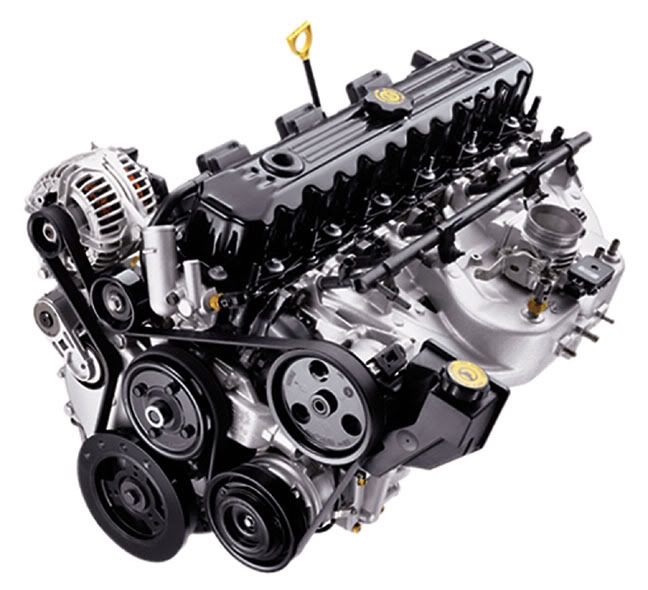
With its roots and schematics dating back to American Motors and 1964, Jeep’s legendary 4.0-liter cast iron, fuel injected straight-six first appeared in the Cherokee and Comanche models in the 1987 model year. With 173 hp and 215 lb-ft of torque it was more powerful than the V-6s from GM, Ford, and Nissan. The torquey, low rpm, large displacement motor began to power the YJ-generation Wrangler in 1991 and the Grand Cherokee in 1993. Output peaked at 190 hp and 235 lb-ft of torque when production finally ended in 2006 (it was replaced by a V-6), but the 4.0-liter’s durability and the sheer number of these things in junkyards all over America keep the love affair with the powerplant hot and heavy.
Toyota Yamaha 2.0-liter

This engine wasn’t built in large numbers, but it was exotic for the time and it proved to the world that Toyota and the Japanese were capable of creating serious performance cars. Built specifically for Toyota’s 2000GT sports car, the double overhead cam 2.0-liter inline-six was engineered by Yamaha, based on the engine from a Toyota Crown sedan. Yamaha created the DOHC cylinder head, added three two-barrel Solex carburetors, and worked out a 7,000-rpm redline. Toyota only built about 350 production versions of the 2000GT with the 150 hp engine. In 1967 a 2000GT won the Fuji 1000 Kilometers race, the sports car set several FIA speed and endurance records in a 72-hour test, and then Carroll Shelby entered three cars in SCCA competition in 1968.
Toyota 2JZ

In production from 1990-2005, the Toyota 2JZ-GE and its twin-turbocharged cousin the 2JZ-GTE are legendary with young enthusiasts brought up during the mid-1990s straight through to the Fast and Furious era. This inline six-cylinder, both in naturally aspirated and turbocharged forms, is best known for powering the A80, or fourth-generation, of the Toyota Supra, a car we just named it to Hagerty’s inaugural Bull Market List of Cars to Watch in the Coming Year. First introduced in 1993, Turbo models packed 320 hp and 315 lb-ft of torque. But more importantly the 2JZ’s cast iron engine block wasn’t just bulletproof, it was indestructible. Street racers and power junkies quickly began adding boost and other modifications and soon 1,000-hp Supras running 9-second quarter miles were no big deal.
Nissan RB26DETT
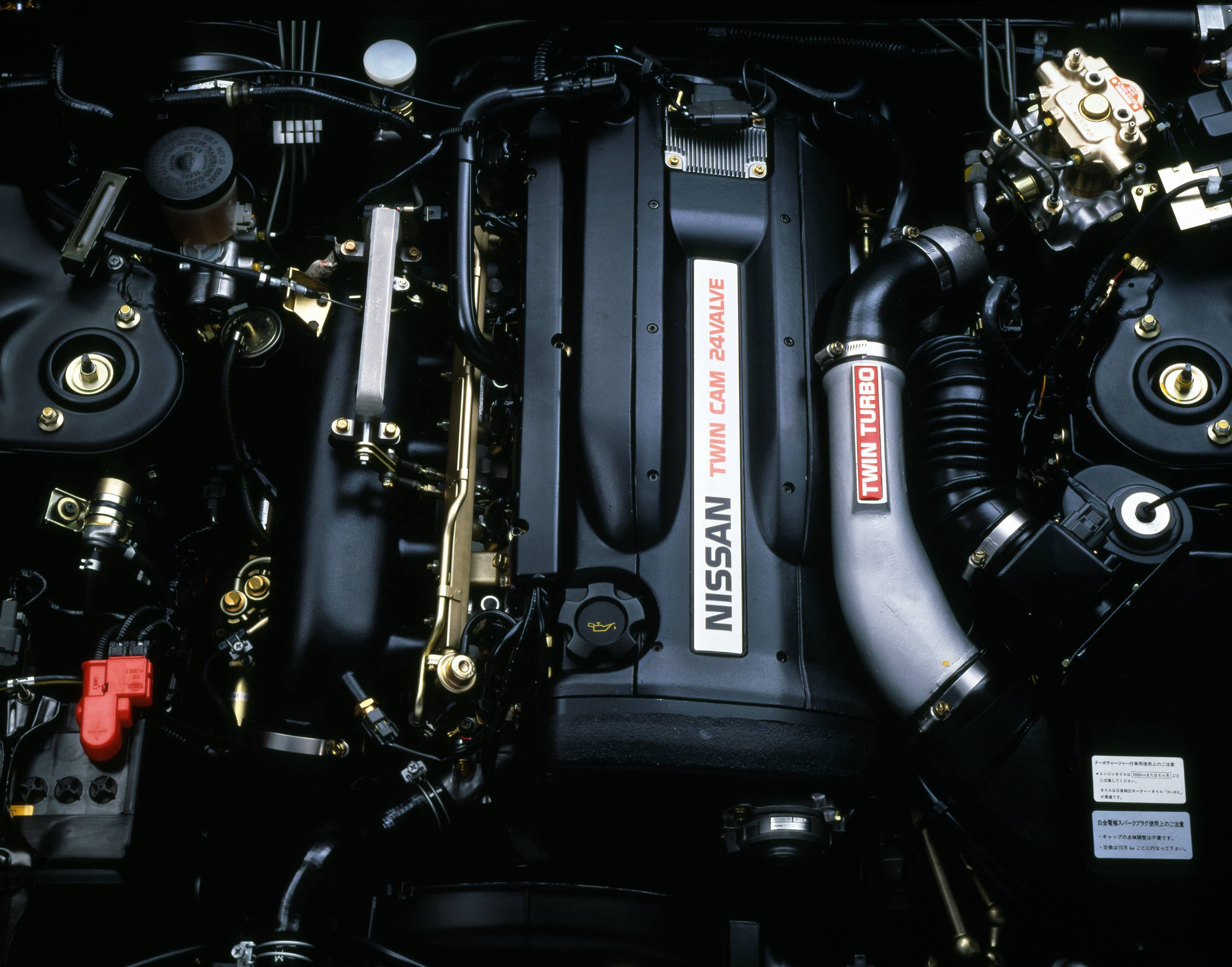
The Toyota 2JZ-GTE’s rival on the street, the track, and the dyno is Nissan’s RB26DETT, the twin-turbocharged 2.6-liter inline six that powered the R32, R33 and R34 generations of the Skyline GT-R from 1989-2002. The DOHC engine uses a cast-iron block, an aluminum cylinder head and a unique intake with six individual throttle bodies. The first RB26DETT was rated 276 hp at 6800 rpm and 260 lb-ft at 4400 rpm. By the end of production, 13 years later torque had risen to 289 lb-ft but the horsepower rating hadn’t changed because of a “Gentlemen’s Agreement” made between Japanese automakers to limit the advertised horsepower of any vehicle to 276 hp. The final versions of the R34 were rumored to make closer to 400 hp in reality. Like the Supra, 1,000 at the wheels on the street was no big deal for the Nissan.
Jaguar XK6
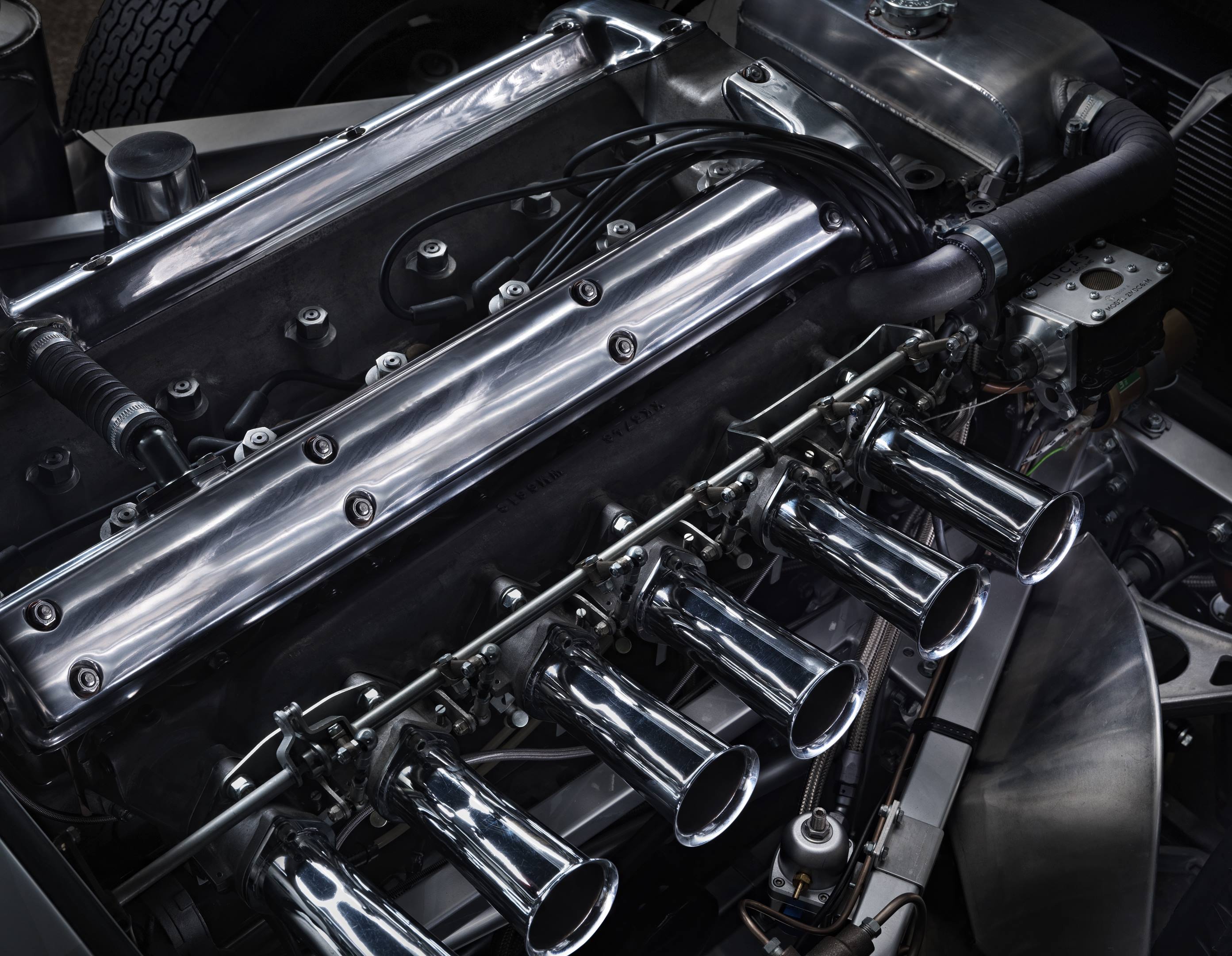
Although it powered sedans, shooting brakes and even hearses, Jaguar’s iconic XK6 inline six-cylinder engine made its bones under the hood of the brand’s legendary sports cars of the 1950s and 1960s. Oh, and it also won LeMans. Three Times in a row. 1956. 1957. 1958. This engine in various displacements ranging from 3.4 liters to 4.2 liters powered C-Types, D-Types, the XKSS, the XK120, XK140, XK150 and the E-Type, not to mention the S-Type and XJ sedans and the lushious XJ6 Coupes. One of the most beautiful engines of all time with its long and lean rocker covers, the XK6 was also durable with a robust cast iron block and a seven-bearing crankshaft. It also featured an aluminum cylinder head and it took well to modifications. Add higher compression, additional or larger carburetors and it made more power. Incredibly, Jaguar’s straight-six was in production from 1949 until 1992.
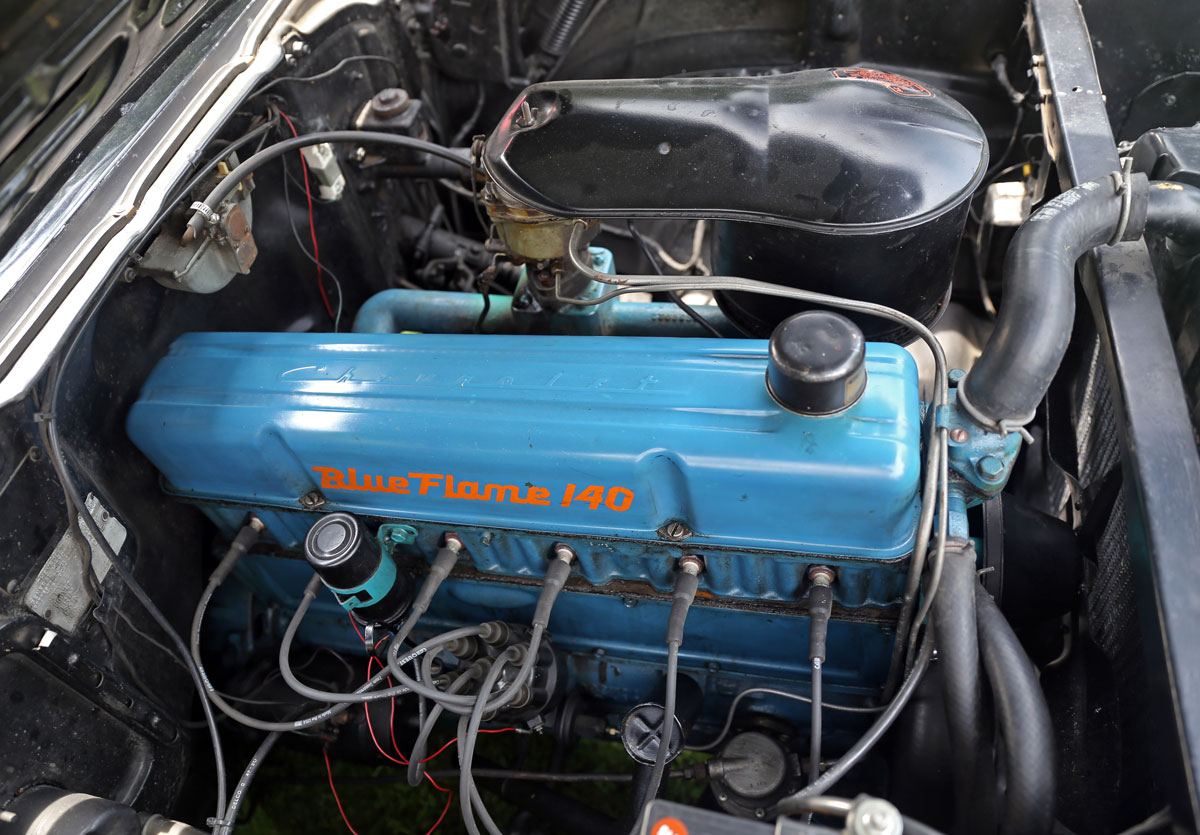


What about the ford 300 straight six? Probably more famous than any of these listed.
Exactly what I was thinking.
tell me your american without telling me your american
yes iknow the ford 6’s v well and they were extensively used to power welding machines and farm implements too
I agree !! I tried to kill a couple of them and didn’t work,,, when cash for clunkers was goin on a fried of mine did a 300 six and run for 15 min with no oil or water befor it died!!!
How about 2002 GM 4.2 inline 6 with 275 HP and 275 FPT ?
Exactly my thought, I have driven two of the FORD Inline 6 described as Ford’s Indestructible Inline Six-Cylinder Explained – EngineLabs, “the 4.9-liter Ford 300 remained widely revered as one of the most reliable inline six-cylinder engines of all time.” May 9, 2023 Mine will pull all day like alocomotive, even trailers loaded until the wheels squish out.
https://youtu.be/DXyv7fvQw5I?feature=shared Ford 300 inline 6
you forgot fords 240@the 300 i have a 300 in my 1966 custom 500 ford and have choked mustang GTs @ corvettes on exhaust fumes a dodge hellcat just barely got me in a 1/8 mile but if i was geared just wright i think i can take him there cars were stock but my 300 six is heavily modified,come on guys ford sixes will rock!
So underated probably one of the best old school inline 6s
What about Chevy’s 292
yes iknow the ford 6’s v well and they were extensively used to power welding machines and farm implements too
I just bought my 292 last week, they are getting hard to find. engine has alot of torque
How many hp can a 216 chevy 6 produce?
About 67 net HP
Hudson’s “twin H power”( dual 1 bbl carbz ) 302 inline flathead , swept nascar !
It was 308 CI.
What about the straight sixes the Australians built that ran on natural gas? Apparently they were amazing but little known.
yup, they were a Chevy blueflame / stovebolt redesign. 164,173,186 202 cubics the 186 was the one that revved. lol that run on anything was a bit wrong. they could run lead free. or some could. but valve seats could wear on some.
You forgot about the Ford 300 6, the Australian Ford/Barra, & the much ignored GM Vortec 4200. ( the AmeriBarra)
300six was amazing
Ford 200 CI Made in the 60’s ..
Many corrections to the first up, the Chevrolet ‘Stovebolt’ six. The second generation came in 1954 when Chevrolet almost totally redesigned the engine, with a new crank, rods, and oiling system that went to 60 psi compared to the old 30 psi. The dash instrument on the old engine showed 15 and 30 marks while the new engine the dash has 30 and 60 marks. The Corvette engine introduced in 1953 had 3 carbs and 150 horse, not 136.
Wanted to add to my comment about the new oiler introduced in 1954. If I remember right, the first year it was only offered in the Powerglide Transmission model.
love the 3 300 cubic inch 6s in my Ford trucks plenty of grunt but great gas miledge
What about Buick.
Few straight sixes will ever eclipse the TVR Speed Six. 4 liters, DOHC, 4 valves per cylinder. 406 bhp at 7000-7500 rpm with 349 ft lbs of torque.
*Another note the article failed to mention- An inline-six engine is actually more refined than a V6 with the same displacement. In fact, improvements in refinement were one of the main reasons why Jaguar Land Rover decided to switch back to straight sixes (an engine configuration the company had abandoned decades ago in favor of V6s). Each cylinder that’s undergoing a combustion stroke is balanced out by another cylinder that’s undergoing an induction stroke, and with these ‘paired’ cylinders often being located symmetrically around the center point of the crankshaft, there’s very little vibration generated by an inline six-cylinder engine as a result.
Had a 194 cu in in a 1963 Chevy 2 . The 283 pistons fit but were flat tops . A little head/ block milling , balancing engine ,headers , 500 CFM Holley ,3/4 cam and the standard 194 head was 1 to 7 rockers . 300 rpm stall converter , over 10 to 1 compression . It was faster
You forgot the Barra. Can easily do over a 1000hp with mostly stock parts & taken all the way can do 2000hp
How about the Studebaker Champion flat head six? Great economy, durable & robust with forged crankshaft & rods. You can’t break then, you can only slowly wear them out.
Don’t forget the orphan car makers.
Hudson Twin H 308
How did you not include the “newer” Chevy straight sixes 230/250/292 , produced into the 80’s, (maybe longer in Mexico, I believe?). Awesome engines, made great torque, easy to get parts for and BULLETPROOF.
I guess it’s like “EXPERTS built the Titanic, AMATURES built the ark” when it comes to these lists eh!?
Thanks for the compilation.